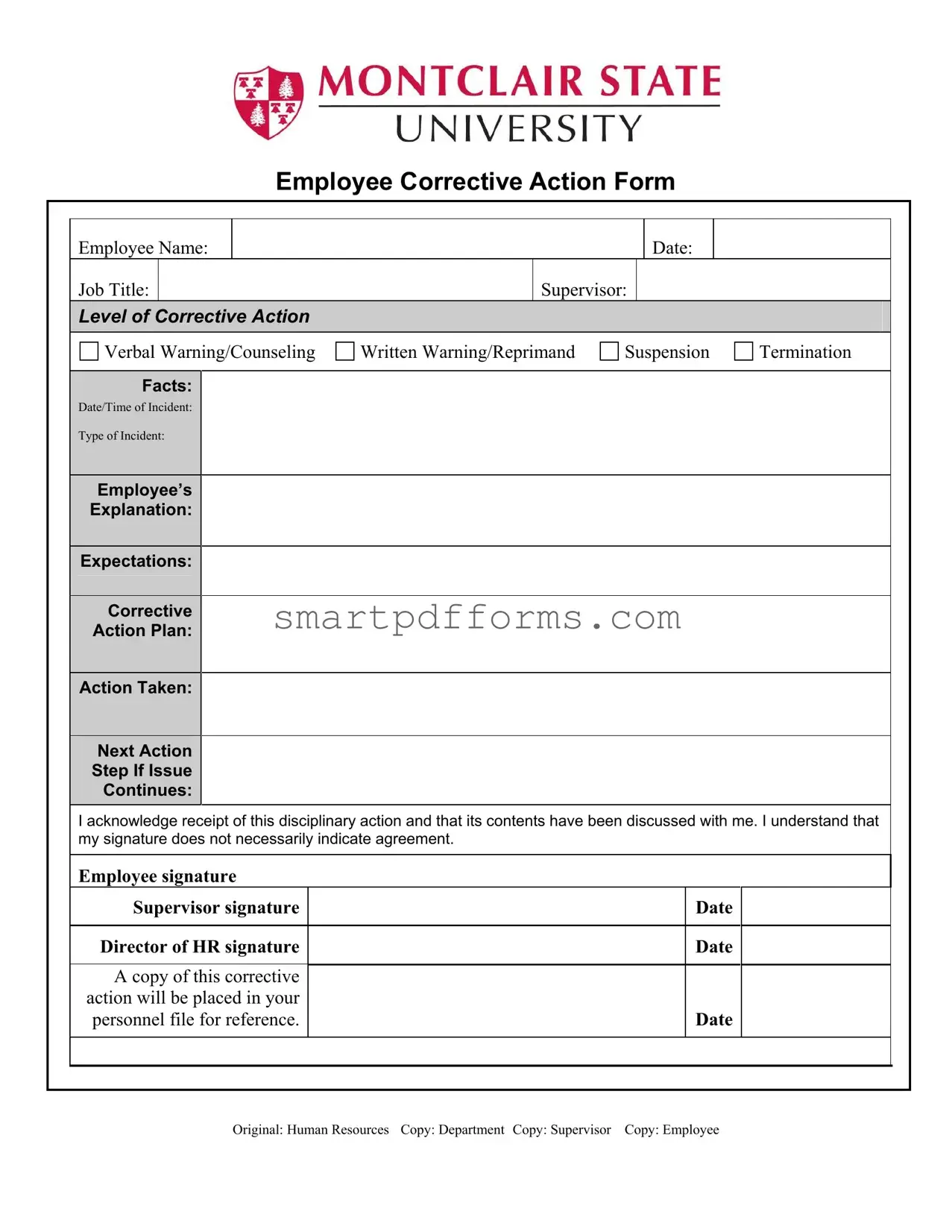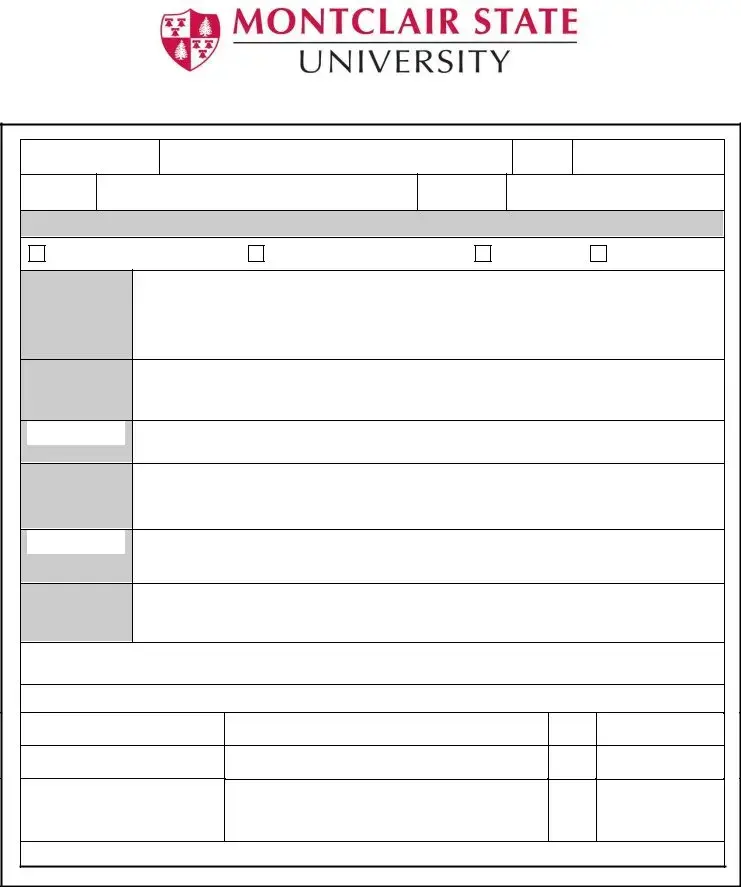Blank Corrective Action PDF Template
The Corrective Action form serves as a formal document aimed at addressing and documenting any disciplinary actions taken against an employee. It encompasses various levels of disciplinary measures, ranging from verbal warnings to termination, and outlines the incident details, the employee’s explanation, the corrective action plan taken, and future steps if the issue persists. To ensure a fair and clear process, both the employee and the management team, including the supervisor and the Director of HR, are required to sign the form, acknowledging the action taken.
By utilizing the Corrective Action form, employers can maintain a structured approach to manage employee performance and behavior issues, ensuring that all actions are recorded and acknowledged. This process not only helps in identifying and resolving workplace issues but also in setting clear expectations and paths for improvement.
If you need to initiate a corrective action, please click the button below to fill out the form.


